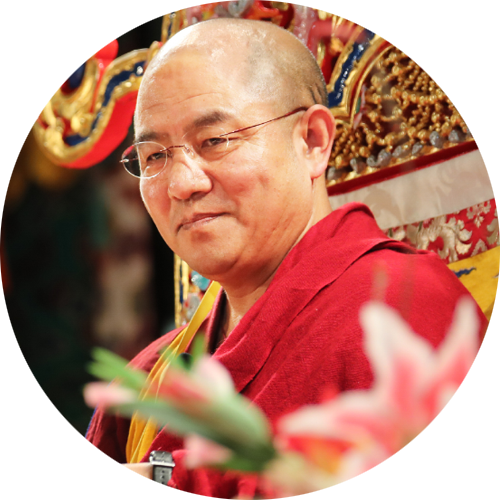Meditate in Your Daily Life as a Bodhisattva
These days, meditation has become quite popular. Burning an incense stick and sitting on a meditation cushion, we imagine ourselves transformed into an image of a Buddha enveloped in a shroud of stillness, peace and silence. Although this is likely the impression that many associate with meditation, in actual fact, meditation has a much broader meaning than can be conveyed by this simple yet elegant image.
Vipassana and Shamatha
Generally speaking, Vipassana and Shamatha are the two basic types of meditation.
Shamatha , or stabilizing or concentration meditation, refers to the act of one-pointed concentration on a single object or image. Because our minds are almost always distractedly and ceaselessly running after forms, sounds, smells, tastes, and sensations, like restless monkey, the practice of Shamatha is designed to bring an active mind to a place of stillness and calm abiding.
Vipassana , also known as clear-seeing or insight meditation is a means of developing deep insight into the true nature of all phenomena. It is the wisdom of seeing things in a direct and especially clear way, and can be further classified as analytical or settling meditation.
Analytical and Settling Meditations
Because our minds are filled with so many confused thoughts and beliefs, we need to deconstruct them by employing various methods of vigorous reasoning and analysis. These methods allow us to actively examine the concepts we cling to, and to question whether they truly exist or not. When brought into a Buddhist context, this activity is called analytical meditation .
Whenever we reach a conclusion through analysis and reasoning, for example, impermanence or selflessness, we can remain settled on that conclusion, or if we achieve a certain level of realization on the true nature of all phenomena, our mind can come to rest in that realization. Thus, this activity is called settling meditation .
Through these two types of practice, logic becomes more sustainable and understanding gains force. These can, in turn, eventually lead to wisdom, which is the direct cause for achieving full enlightenment. As Nagarjuna said in his Letter to a Friend ,
Lacking wisdom, concentration fails,
And without concentration, wisdom as well.
For someone who has both, samsara’s sea
Is no deeper than rainwater in a hoof-print.
As a Conclusion
Furthermore, while the ability as well as the form of meditation differs for worldly practitioners, common vehicle practitioners and Mahayana practitioners, for Bodhisattvas, this type of concentration yields abundant happiness, both for themselves and for others.
As Maitreya explains in Ornament of the Great Vehicle Sutras ,
In the case of worldly practitioners and common vehicle practitioners, their concentration yields little personal happiness. Even this is subject to deterioration and exhaustion, and involves delusion. For bodhisattvas, the opposite is the case.
Maitreya goes on to say:
Endowed with numerous meditative absorptions, Bodhisattvas practice all forms of concentration. Abiding by the highest bliss of meditation, they establish all beings in the three kinds of enlightenment, and since their concentration is embraced by the wisdom of emptiness, it remains inexhaustibly in the world.
So by following the meditation instructions as they are prescribed within the Mahayana context, you will come to realize that everything that is happening in your life is an opportunity to train your mind through meditation practice. With consistent effort, you will find that it becomes easier and easier to integrate your practice into your life and work, and you will come to more and more deeply appreciate the amazing functions of the mind.
